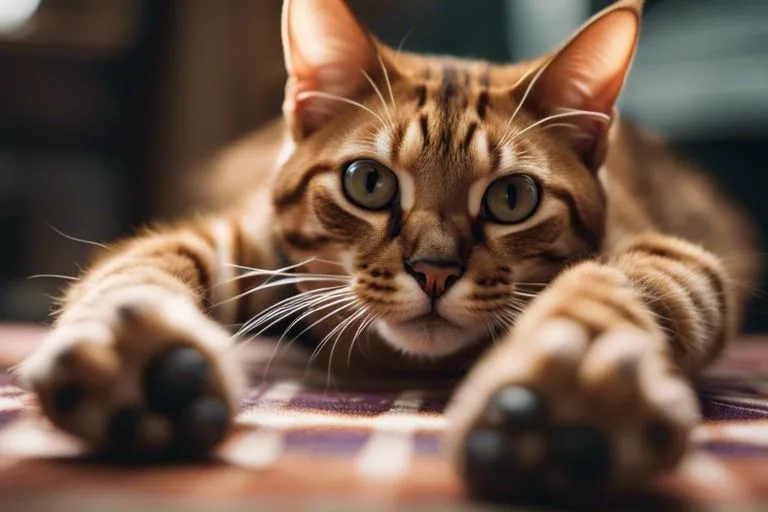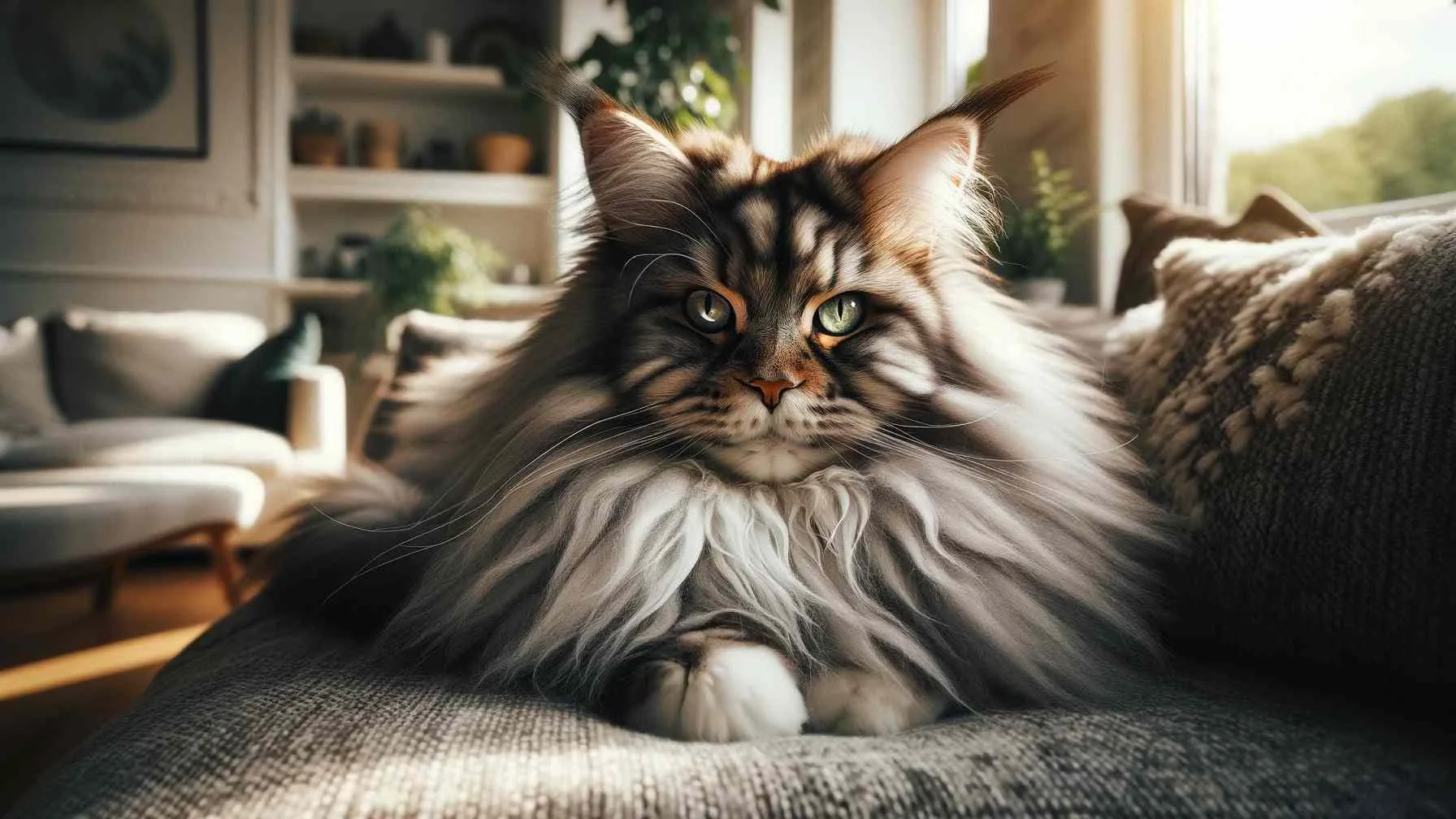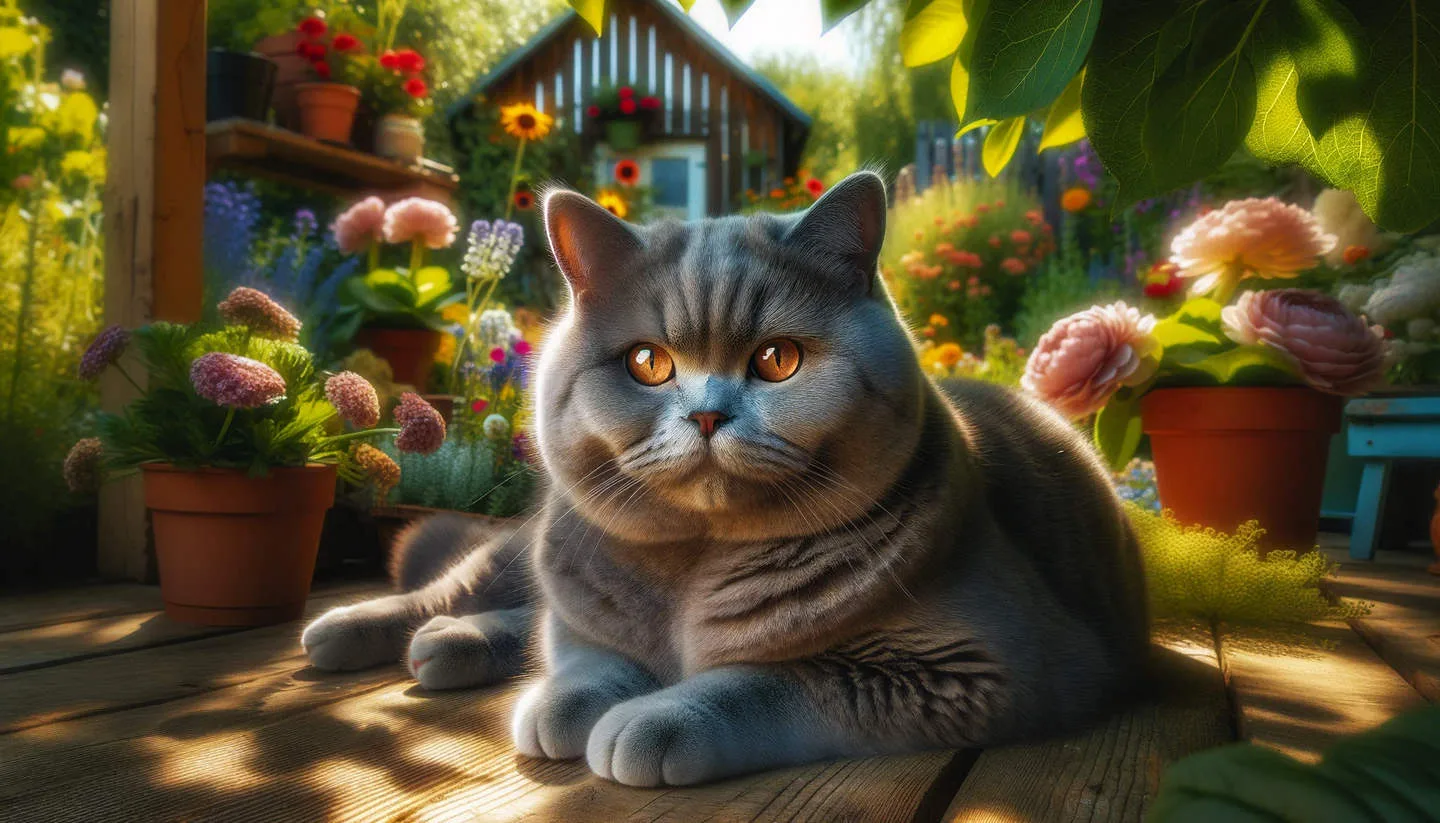Welcome to our informative post where we’ll address the question – are Bengal cats prone to double the claw troubles? If you’ve recently welcomed a Bengal cat into your home, or are considering doing so, it’s important to be aware of potential issues with their claws. Bengal cats are known for their unique markins and energetic nature, but they can also be prone to double the claw troubles compared to other cat breeds. In this post, we’ll explore the reasons behind this, as well as provide you with tips on how to manage and prevent these issues to ensure a happy and healthy relationship with your feline friend.
Key Takeaways:
- Bengal cats are prone to double the claw troubles: Bengal cats are known to have a genetic predisposition to a condition called “double the claw,” where they have two claws on one toe. This can lead to potential health issues and requires proper grooming and attention.
- Regular grooming and trimming are essential: Due to the double the claw troubles, Bengal cats require regular grooming and claw trimming to prevent any discomfort or complications. It is essential to establish a grooming routine to keep their claws in good condition.
- Proper vet care is important: It is crucial for Bengal cat owners to seek regular veterinary care to monitor their pet’s claw health and address any potential issues related to double the claw troubles. A knowledgeable vet can provide guidance on proper grooming and maintenance for Bengal cats.
Anatomy of Bengal Cat Claws
Assuming you are considering adding a Bengal cat to your family, it’s important to understand the unique features of their claws. Unlike other domestic cat breeds, Bengal cats have a distinctive claw structure that sets them apart and can present both challenges and opportunities when it comes to their care.
Claw Structure and Growth
When it comes to the anatomy of Bengal cat claws, it’s essential to know that they have a strong, curved shape that allows them to be efficient hunters in the wild. Their claws consist of a hard outer shell called the sheath, which protects the softer inner core, known as the quick. It’s important to note that the quick contains blood vessels and nerves, so it’s crucial to be mindful of this area when trimming your Bengal cat’s claws. Additionally, Bengal cat claws are designed to be retractable, allowing them to extend and retract as needed, which can help prevent them from becoming overly worn or damaged.
Unique Aspects of Bengal Cat Claws
One unique aspect of Bengal cat claws is their incredible sharpness and strength. This feature enables Bengal cats to climb, jump, and hunt with agility and precision. However, it also means that if not properly maintained, their claws can cause significant damage to furniture, carpets, and even your skin. It’s important to keep your Bengal cat’s claws trimmed to prevent accidental scratches and reduce the risk of unintentional injury.
Common Claw Disorders in Cats
While Bengal cats are known for their stunning coat and playful nature, it’s important to pay attention to their claw health. Just like any other cat breed, Bengal cats can experience various claw disorders that may require your attention and care.
Infections and Inflammations
One of the most common claw disorders in cats is the development of infections and inflammations in the claws. If not addressed promptly, your Bengal cat may experience pain, discomfort, and even difficulty walking. Common signs of claw infections and inflammations include redness, swelling, and discharge around the affected claw. It’s important to keep an eye on your cat’s claws and seek veterinary attention if you notice any of these symptoms. How much work are Bengal cats? : r/bengalcats
Incidence of Polydactylism and Other Genetic Anomalies
Another claw-related issue that you should be aware of is the incidence of polydactylism and other genetic anomalies in Bengal cats. Polydactylism refers to the condition in which a cat is born with extra toes, leading to potential claw problems. While this genetic anomaly may not necessarily cause discomfort, it’s important to monitor your Bengal cat’s claws for any abnormalities. Additionally, other genetic anomalies can affect the structure and health of your cat’s claws. If you notice anything unusual, it’s best to consult with your veterinarian to ensure your cat’s claw health. Regular claw maintenance and veterinary check-ups are essential to ensuring the overall well-being of your Bengal cat.
The Double Claw Phenomenon
Your Bengal cat’s unique double claw trait may give them a distinctive appearance, but it can also present some challenges. Double claws, also known as polydactyly, are a common condition in Bengal cats and can lead to a range of potential issues. To educate yourself further on the health issues related to Bengal cats, you should visit The Most Common Bengal Cat Health Issues – Love Your Cat for more information.
Understanding Double Claws
Double claws, or polydactyly, occur when a cat is born with extra toes. This can result in abnormal nail growth, difficulty in grooming, and increased risk of nail bed infections. Regular monitoring of your Bengal cat’s paw health and grooming their extra toes carefully can help mitigate potential issues. If your Bengal cat has double claws, it is important to consult with your veterinarian for guidance on proper care and maintenance to ensure their wellbeing.
Prevalence in Bengal Cats Compared to Other Breeds
When it comes to polydactyly, Bengal cats are more likely to exhibit this trait compared to other breeds. According to a study conducted by the University of Edinburgh, 41% of Bengal cats have double claws, while the prevalence in other domestic cat breeds is significantly lower at around 6%. It’s important to note that while this trait is unique to Bengal cats, it may also pose potential challenges in terms of grooming and nail health. Consult with your veterinarian to understand the specific care requirements for your Bengal cat’s double claws.
Table: Prevalence of Double Claws in Bengal Cats vs. Other Breeds
| Breed | Prevalence of Double Claws |
| Bengal Cats | 41% |
| Other Domestic Breeds | 6% |
Prevention and Care
Despite the potential for double the claw troubles with your Bengal cat, there are several steps you can take to prevent and manage these issues. According to The Joys and Hazards of Living With a Pet Bengal Cat, regular claw maintenance and veterinary treatments can help keep your Bengal cat healthy and happy.
Regular Claw Maintenance Tips
One important aspect of preventing claw troubles in your Bengal cat is regular claw maintenance. Trim your cat’s claws regularly to prevent them from growing too long and causing discomfort or injury. Provide appropriate scratching posts and pads to help your cat naturally maintain its claws. Encourage your cat to use these designated scratching areas by applying pheromone-based products to attract your cat to the scratching posts. Perceiving the importance of regular claw maintenance can help ensure your Bengal cat’s claws remain healthy and manageable.
- Trim your cat’s claws every 1-2 weeks
- Provide scratching posts and pads
- Encourage the use of pheromone-based products
Veterinary Treatments and Interventions
If you notice any signs of claw troubles in your Bengal cat, such as excessive licking or chewing of the paws, it’s crucial to seek veterinary treatments and interventions promptly. Your veterinarian can provide professional trimming of your cat’s claws to avoid accidental injuries and can offer advice on managing any underlying issues contributing to claw troubles. Regular check-ups with your veterinarian can help detect and address any potential problems early, ensuring your Bengal cat’s overall well-being.
Concluding Remarks
To Summarize, the issues with double the claw troubles in Bengal cats are not insurmountable, but they do require careful attention and proactive management. By being aware of the potential for these problems and taking the necessary precautions, you can help ensure the health and well-being of your Bengal cat.
What You Can Do
It’s important to regularly trim your Bengal cat’s claws to reduce the risk of overgrowth and ingrown nails. This can be done at home if you feel comfortable, or by a professional groomer or veterinarian. Additionally, providing appropriate scratching surfaces and toys can help minimize the risk of abnormal claw growth. Keeping an eye out for any signs of injury or infection and seeking prompt veterinary care if needed is also crucial in preventing double the claw troubles in your Bengal cat.
Health Benefits of Nail Care
Proper nail care not only reduces the risk of double the claw troubles, but it also contributes to your Bengal cat’s overall health and happiness. Overgrown or ingrown claws can cause discomfort, pain, and even affect your cat’s mobility. By keeping your cat’s nails trimmed and providing appropriate outlets for scratching, you can help maintain their physical and mental well-being.
Considering Your Cat’s Genetics
It’s important to be aware of genetic predispositions to double the claw troubles in Bengal cats. If your cat comes from a line with a history of these issues, you may need to be especially vigilant and proactive in managing their nail care. Working closely with a knowledgeable veterinarian can help you develop a plan tailored to your cat’s specific needs.
In conclusion, while Bengal cats may be prone to double the claw troubles, with diligent care and attention, you can minimize the risk and ensure a long and healthy life for your feline friend. By being proactive and informed, you can help your Bengal cat avoid the potential issues associated with their claws and enjoy a happy, healthy existence.
FAQ
Q: Are Bengal Cats Prone To Double The Claw Troubles?
A: No, Bengal cats are not prone to double claw troubles. They typically have single claws and do not commonly experience issues with their claws.
Q: What are double claw troubles in cats?
A: Double claw troubles, also known as polydactyly, is a genetic mutation that causes a cat to have extra toes and claws. This condition is not specific to Bengal cats and can occur in any breed.
Q: How can I ensure my Bengal cat’s claws stay healthy?
A: To ensure your Bengal cat’s claws stay healthy, it’s important to provide regular nail trims and opportunities for scratching on appropriate surfaces. A well-balanced diet and regular grooming can also contribute to healthy claws.
Q: Are there specific claw-related health issues that Bengal cats may face?
A: While Bengal cats are not prone to double claw troubles, they can still experience common claw-related health issues such as ingrown nails or infections. Regular grooming and veterinary check-ups can help prevent and address these issues.
Q: What should I do if I notice any issues with my Bengal cat’s claws?
A: If you notice any issues with your Bengal cat’s claws, such as excessive licking or chewing, limping, or redness/swelling around the claws, it’s important to consult a veterinarian for proper diagnosis and treatment. Trying to address the issue at home could worsen the problem.



